
VW Bluecross Concept
Be careful what you agitate for.
Last week, workers at the new-ish Volkswagen plant in Chattanooga, Tennessee voted to reject UAW unionization by a very narrow margin.
Let’s not forget, shall we, that Volkswagen, AG has a global reach. Here are its stated corporate “Basic Principles”:
Top performance
To survive in the face of competition and to achieve top performance, the Volkswagen Group needs employees who enthusiastically give their best. A good balance between demands and ability (the so-called “flow channel”) is the basic precondition for optimum performance and results. For this reason, we do not want our employees to be overstretched, but also not understretched, so that they are able to deliver top performance and advance the success of our company.
Leading by example
The management assumes a decisive role in this entire process. Our principle has to be “Lead, Demand and Promote”. The Group will only be able to achieve its goals with exemplary leadership and constructive cooperation between management and workforce. This includes both targeted and continual personnel development and work organisation, which we continue to develop with the so-called “Volkswagen Way”.
Active involvement
A standard survey of employees across the Group was introduced in the form of the so-called “mood barometer”. The “mood barometer” gives employees the opportunity to anonymously voice their opinion and so to become actively involved in the organisation of the company. The results form the basis for continually developing our strengths and for exploiting potential that is brought to light. The high rate of participation shows that employees have positively accepted this instrument as an expression of their esteem. In this way, they make a contribution to the continued development of the company.
Social responsibility
Not only does Volkswagen’s corporate culture focus on people, it also represents the sustainability of economic and social goals, “corporate social responsibility”. The “Declaration on Social Rights and Industrial Relations” expresses Volkswagen’s global understanding of social responsibility on the basis of minimum standards.
This includes Volkswagen’s active cooperative conflict resolution between the Works Council and the company management. We created European and Global Works Councils early and without any statutory obligation. We do not cling to traditional questions of co-determination. Rather, we discuss the development of the company with our Works Council representatives. This is the way from co-determination to shared responsibility.
In other words, Volkswagen has made a global commitment to maintain a positive and cooperative relationship with its employees. It wants them to be happy and productive. Unfortunately, that sort of mentality is completely anathema to our post-Reagan “greed is good” labor-bashing stock price culture.
But Volkswagen is thriving, building everything from the VW Polo to the million-dollar Bugatti Veyron, with some Audis and Bentleys in between. The Volkswagen Works Councils are an integral part of the company’s success. The push to unionize in Tennessee was not so much pushed by the UAW as it was by Volkswagen itself, because under American law the council can’t be set up without union representation. In fact, the Chattanooga plant is the only Volkswagen facility anywhere in the world where workers are not represented by a Works Council or labor union.
This would also be something new for the United Auto Workers. They wouldn’t have the same relationship with VW as they do with Chrysler, General Motors, and Ford. Rather, the idea is to create something called a “works council,” which are widespread across Europe and enjoy tremendous influence over how plants are run. In America, that kind of body can’t be established without a union vote — but crucially, the works council would be independent of the union, meaning the UAW would give up some control as soon as it gained it.
Why does the company favor works councils?
There are three major advantages of councils. You’re forced to consider in your decision making process the effect on the employees in advance…this avoids costly mistakes. Second, works councils will in the final run support the company. They will take into account the pressing needs of the company more than a trade union can, on the outside. And third, works councils explain and defend certain decisions of the company towards the employees. Once decisions are made, they are easier to implement.
Works councils don’t call strikes because they don’t need to. Their inherent authority helps to avoid crises before they arise. The UAW would not be running labor relations from the outside, and the vote in Tennessee was done via secret ballot.
Currently, the Chattanooga plant manufactures Volkswagen’s Passat sedan, which is nearing the end of its life-cycle. It is a unique factory that can build more than one model side-by-side on the line, and it’s slated to get Volkswagen’s upcoming mid-sized 3-row SUV, to replace the Routan minivan and slot between the expensive Touareg and the smaller Tiguan.
As VW negotiated with the UAW in advance of the works council vote, politicians in the notoriously anti-union, anti-worker South remained relatively quiet. That is, until it seemed as if the plant would, in fact, become the first auto plant in the South to vote to unionize. Republican politicians tripped over themselves to predict armageddon if the vote was successful, and panacea if it wasn’t. For instance,
That doesn’t mean, however, that the vote is unopposed. National anti-union groupsand the state’s Republican leaders are campaigning against the UAW, saying unionization will spread like a contagion through Tennessee’s other auto plants. “Then it’s BMW, then it’s Mercedes, then it’s Nissan, hurting the entire Southeast if they get the momentum,” said Sen. Bob Corker (R.-Tenn.).
BMW also uses works councils in other countries, to great success. It has operated a non-union plant in South Carolina since the mid-90s. But this wasn’t at all a fair vote. Big-money corporate anti-labor (Republican) interests from Washington interfered and campaigned against the works councils.
Two of Tennessee’s most powerful Republicans, Gov. Bill Haslam and U.S. Sen. Bob Corker, insist they know how to run an auto company better than VW. Despite this successful international auto company’s actual business experience with work councils, these GOP politicians say that they know what’s best, that they just know unionization won’t be good for VW.
A union-hating group, the National Right to Work (For Less) Committee, travelled to Chattanooga from its headquarters near Washington, D.C. with a carpetbag full ofcash for legal challenges to the unionization effort. And GOP crank Grover Norquistsent his Washington, D.C.-based organized labor-hating group, Center for Worker Freedom (To Work For Less), to Tennessee to thwart the Chattanooga workers’ right to unionize.
VW objected to the interference. CEO of VW Chattanooga Frank Fischer asked the outside agitators to stop, saying, “Volkswagen is committed to neutrality and calls upon all third parties to honor the principle of neutrality.”
They ignored him — disregarding a CEO, a figure before whom Republicans typically grovel! That is how much Republicans hate unions.
They refuse to believe what VW is saying, that works councils are valuable management tools, despite evidence that the model already succeeds in the United States.
Corker went so far as to say that he had spoken with VW corporate, and that they had told him that VW would announce that it would be building the mid-sized SUV in Chattanooga (instead of in, e.g., Puebla Mexico) only if the vote to establish works councils failed.
… it was the conduct of U.S. Sen. Bob Corker (R-Tenn.) that most damaged the prospects for a free election. After stating that he would stay out of the vote, Corker returned to Tennessee to claim that he had been assured that VW would manufacture a mid-sized SUV in Chattanooga if the workers rejected the union. Head of the Chattanooga plant, Frank Fischer, immediately disowned his remarks and stated that the decision on where to expand production was separate from the union vote. Unperturbed by this denial, Corker accused Fischer of speaking from “old talking points” and stood by his comments. Corker’s remarks made a fair election impossible and did much to turn the vote against the union. He had used the authority of his office to say that a vote against the UAW was vote for more work in Tennessee, even though, according to VW management, his comments were unfounded.
Now that the election is over, Corker should have no problem disclosing who assured him that the rejection of the union would result in VW locating the SUV production in Chattanooga. If VW executives said this – which seems unlikely given the company’s respect for labor rights throughout the globe – that comment could form the basis of an unfair labor practice complaint. If not, it appears that Corker suggested this in order to pressure VW workers to vote against the union. While third parties are held to lesser standards in NLRB elections than the parties directly involved – allowing Corker to make comments that might be ruled illegal if made by VW or the union – the NLRB can set aside elections because of third party interference in exceptional circumstances such as these.
What are they so afraid of? Employees having rights, apparently.
…a UAW victory would show that even billionaire anti-union zealots can be beaten. Right-wing groups are furious that Volkswagen is not fighting the UAW, so they have chosen to do so on their own. National organizations funded by the billionaire Koch Brothers and other right-wing activists have taken to the airwaves to demonize the UAW. State politicians have attempted to blackmail autoworkers to vote no by stating that Volkswagen may lose state financial support if it becomes unionized. Unionization, one elected official explained, “was not part of the deal.”
Promising auto lines out of turn? Threatening to withhold or withdraw negotiated, promised incentives? Blackmail? The anti-union Southern GOP and big-money interests may have won this round, but it’s also beginning to backfire.
DPA, the German news agency, quoted [head of VW’s global works council Bernd] Osterloh as saying that, without a mechanism for “co-determination,” as Germans refer to the works council system, VW’s works council could “barely” agree to further investments in the US. The works council approves all decisions on investments in plants or their closure.
“I can absolutely imagine that a future VW facility in the USA, should another one be built there, would not definitely go to the south again,” Mr Osterloh said.
Ugly stuff, that. It would be a rich irony if the malicious intervention from Republican union-busters and Washington corporate interests in Tennessee resulted in the expansion halt that they threatened would happen if the works council was allowed to pass. Works councils cannot be formulated in the United States without union involvement – the company cannot create one unilaterally.
Indeed, Mr. Osterloh’s comments have been interpreted to mean that VW head office in Wolfsburg will not permit the Bluecross-based SUV to be built in Chattanooga specifically because of the defeat of the works council and the malicious, false intervention by the likes of Senator Corker.
Volkswagen wanted this union vote to pass, because it wanted the works council set up now – not in a few years when people get around to changing the rules. Republican lawmakers and special interests thwarted this, and it’s mind-boggling that these CEO-worshippers would deliberately thwart the wishes of a big manufacturer, and threaten a big employer in the process.
Since 1999, I have owned a Golf, a Jetta Wagon, two GTIs, a Passat Wagon, a Chattanoogan TDI Passat, two Beetles, and a TDI Beetle Convertible. I love the design, driving experience, features, engine choices, and build quality of Volkswagens.
The Republican party and its lobbyist paymasters have long ago jettisoned good policy and good government for ideological purity. This has been – simply put – bad for America. It’s high time these nihilists were hoist by their own petards.


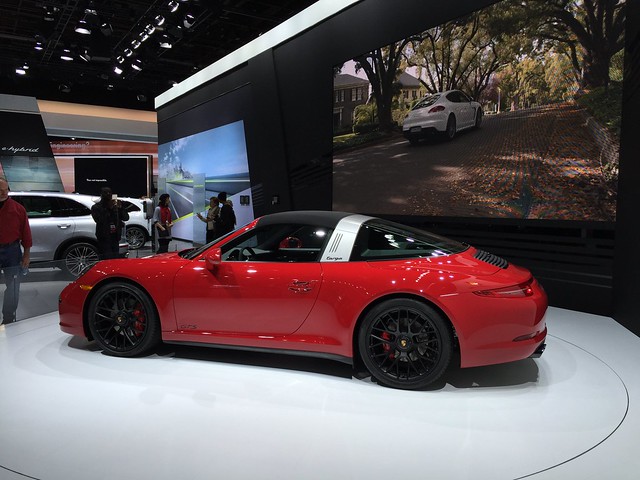
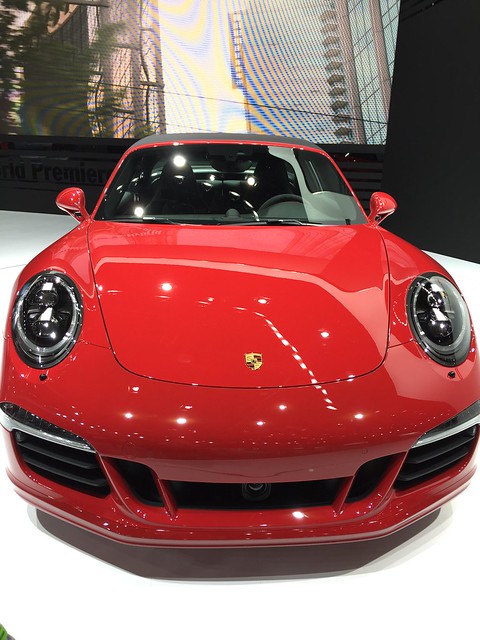
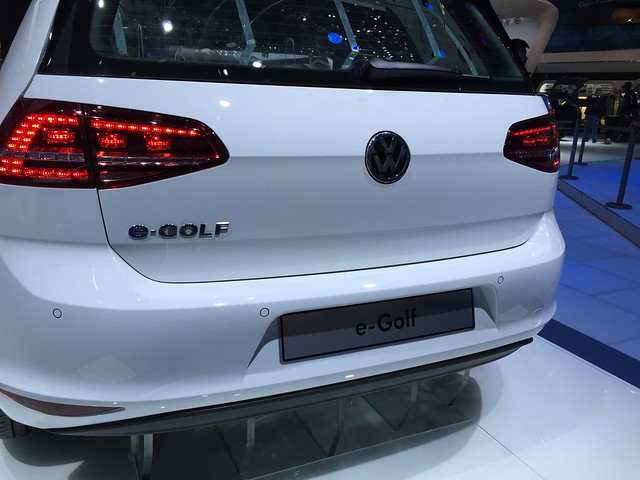
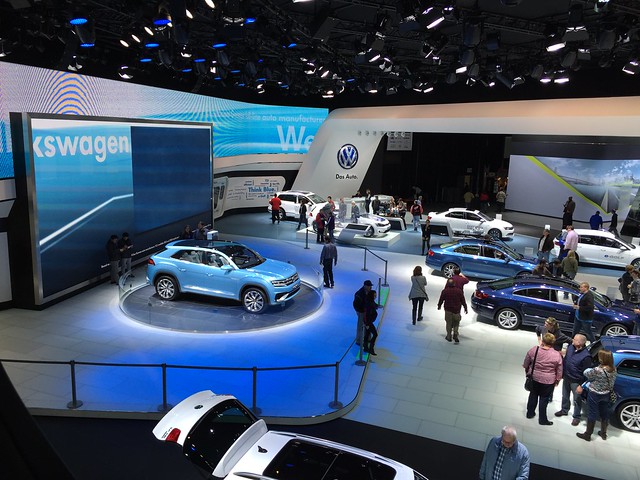
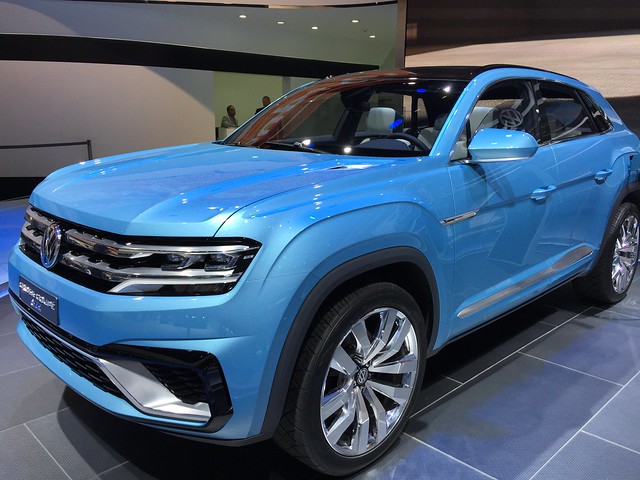
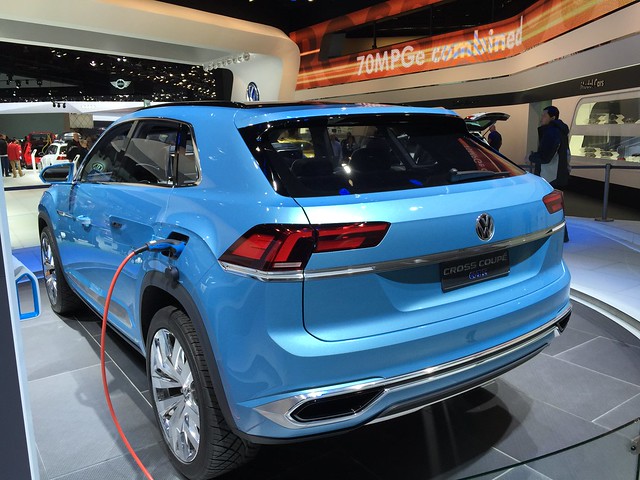

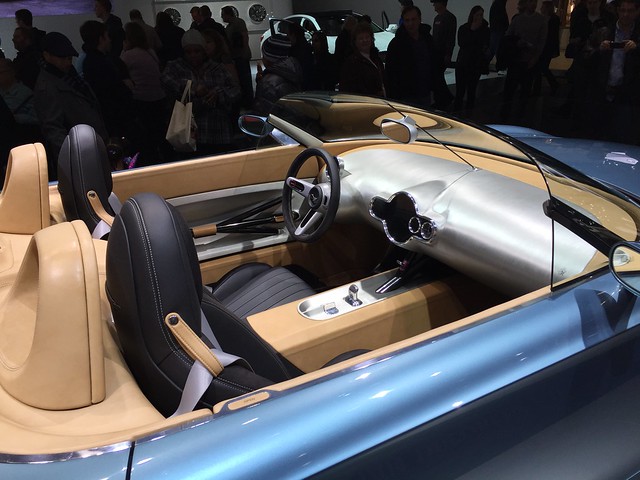
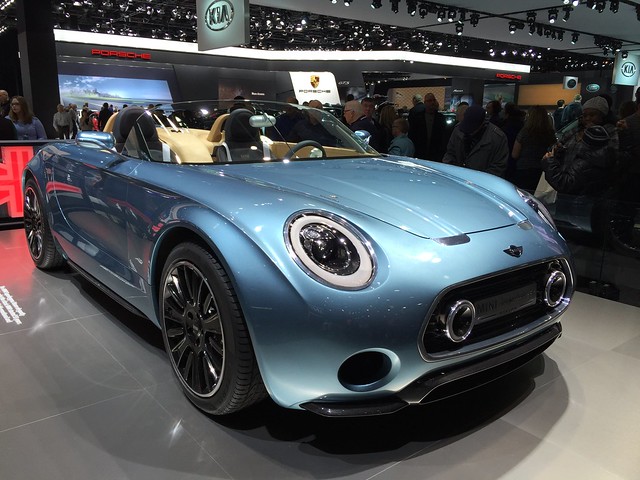

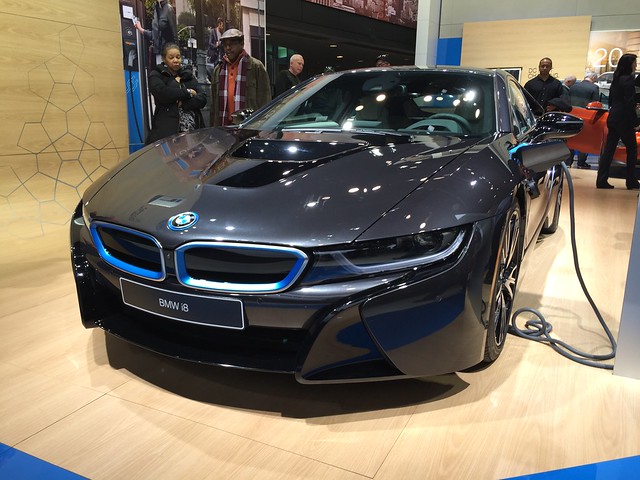
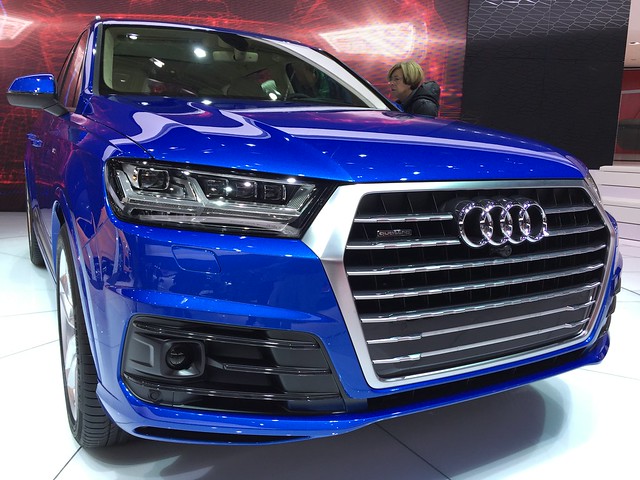
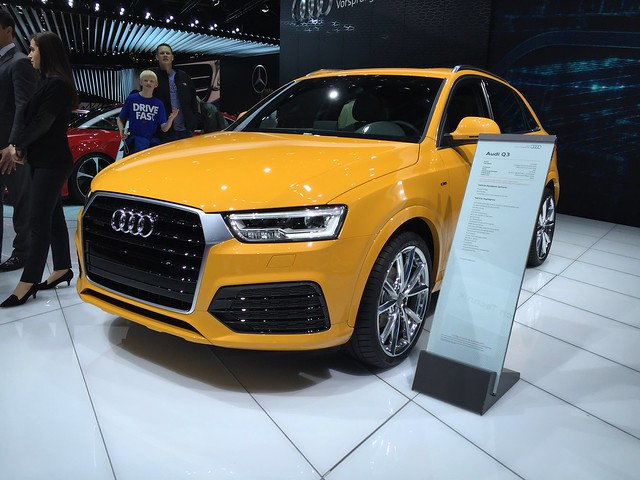
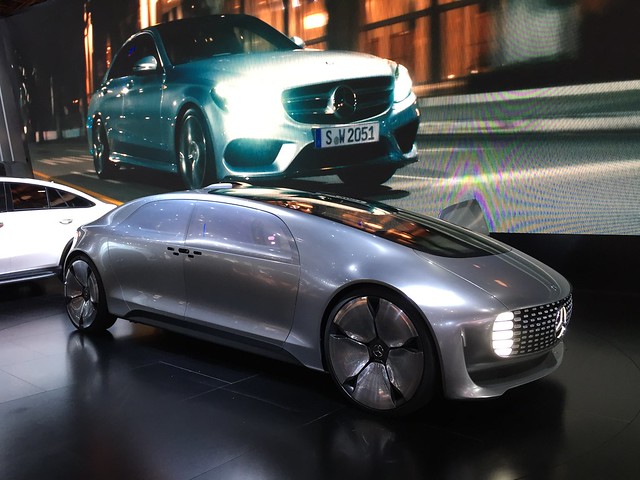
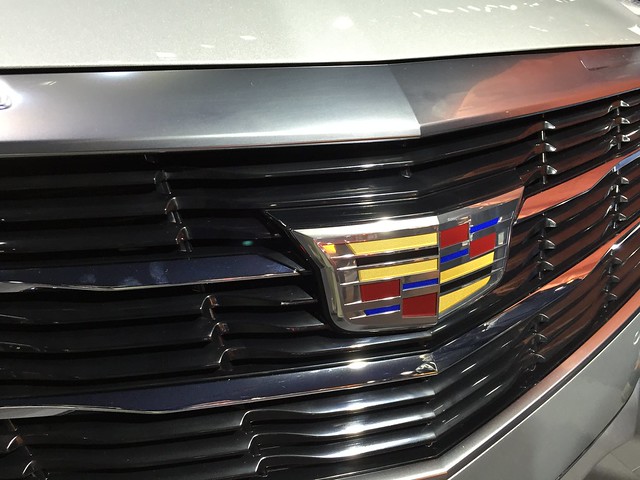
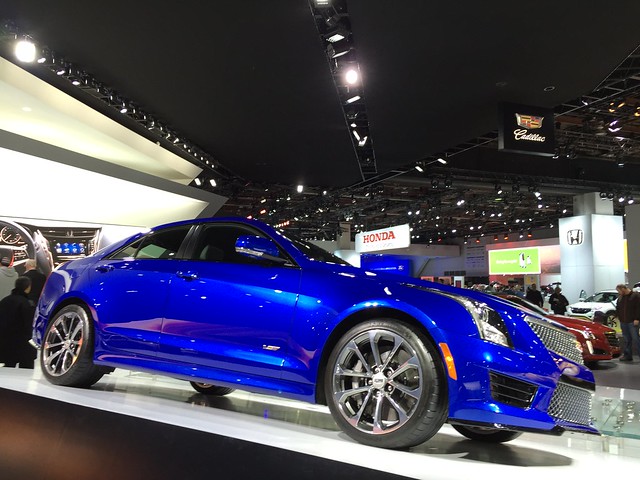
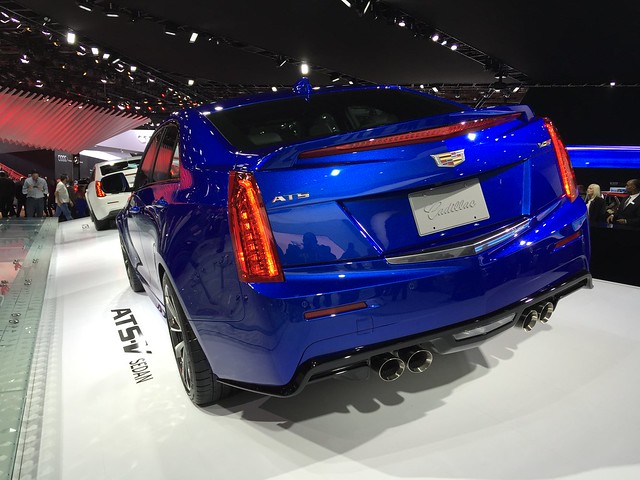
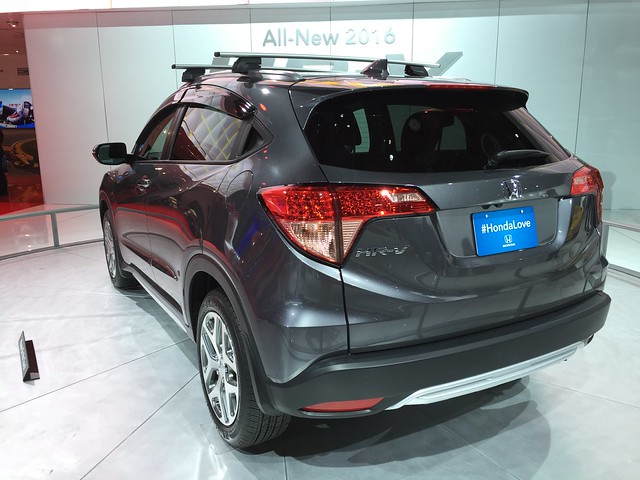

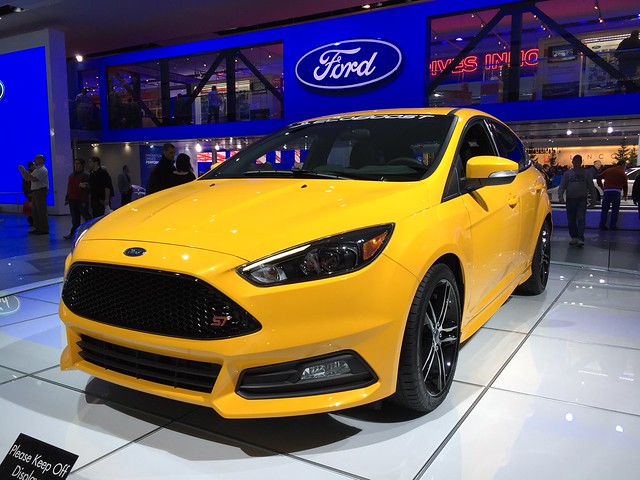

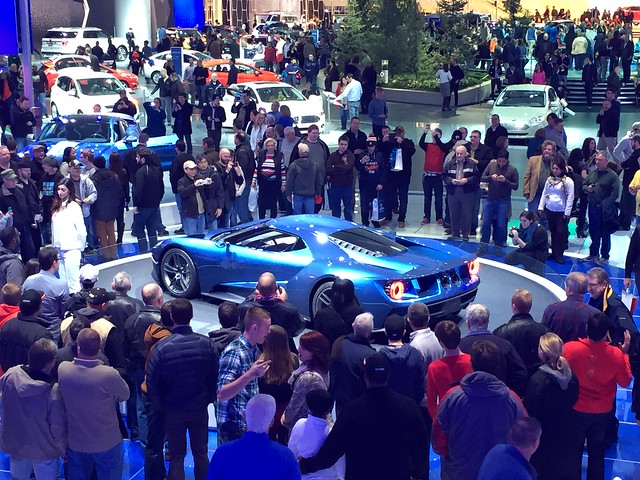

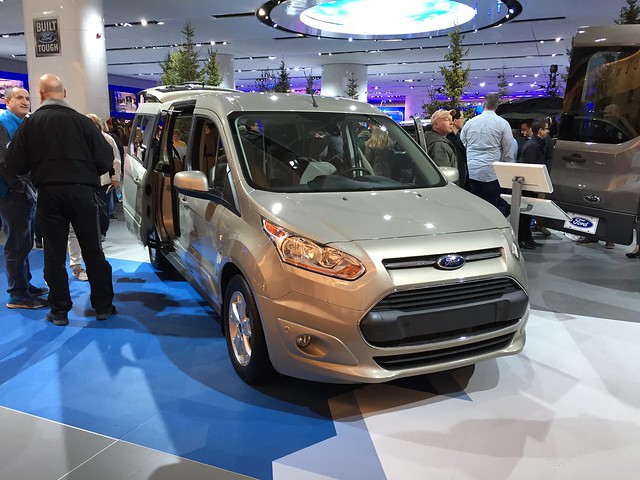
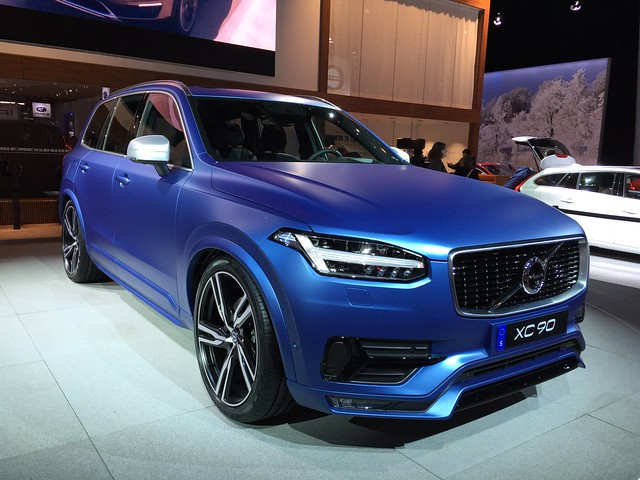
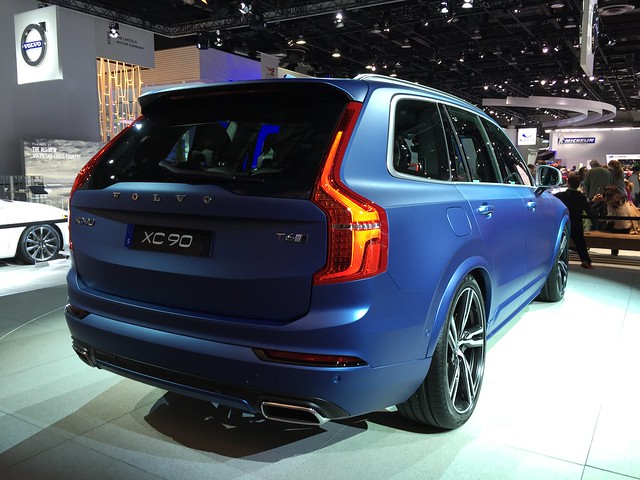
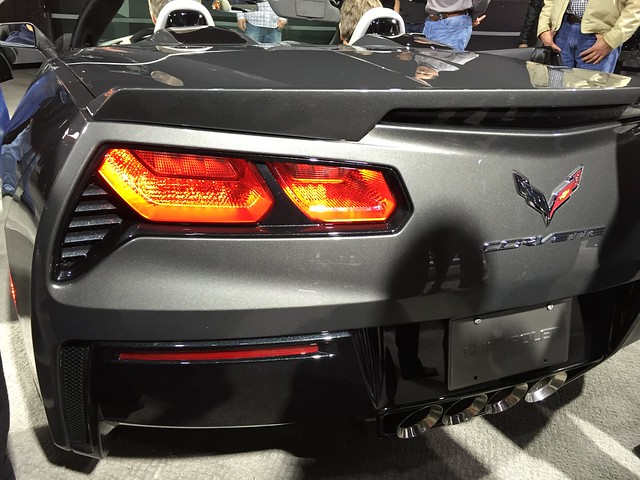
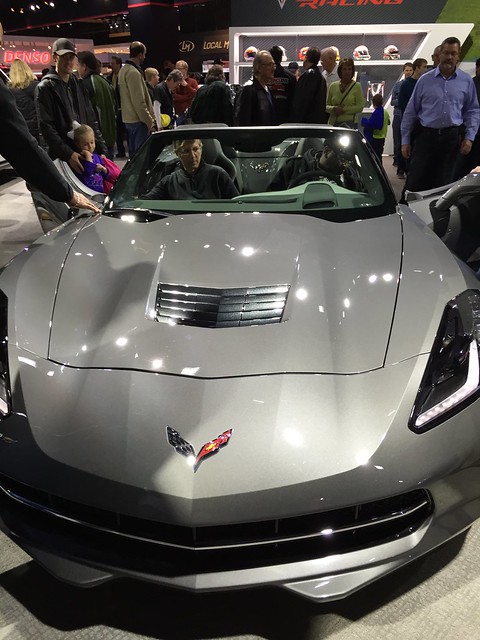

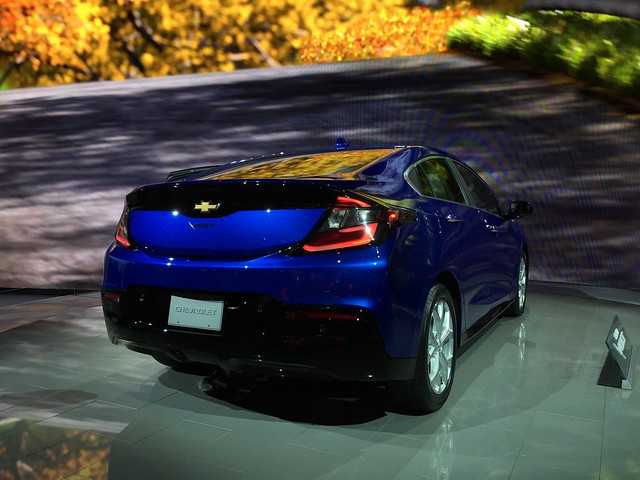
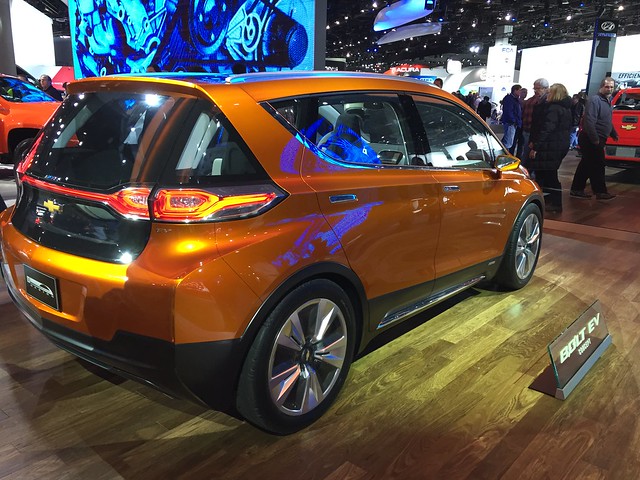
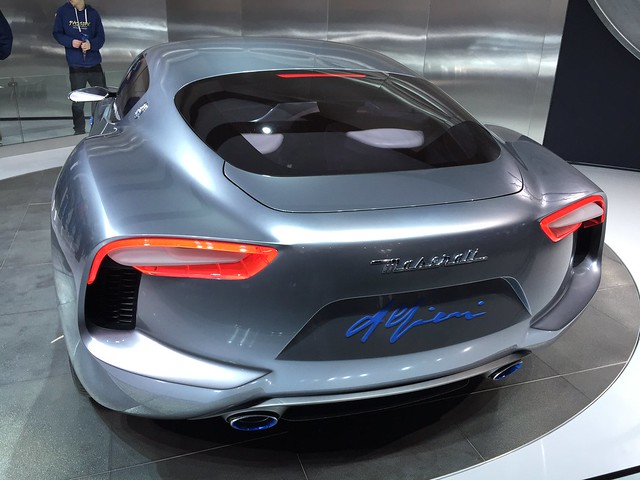
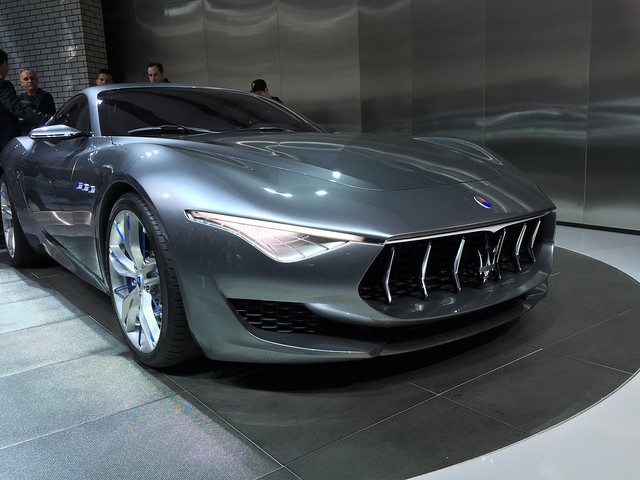
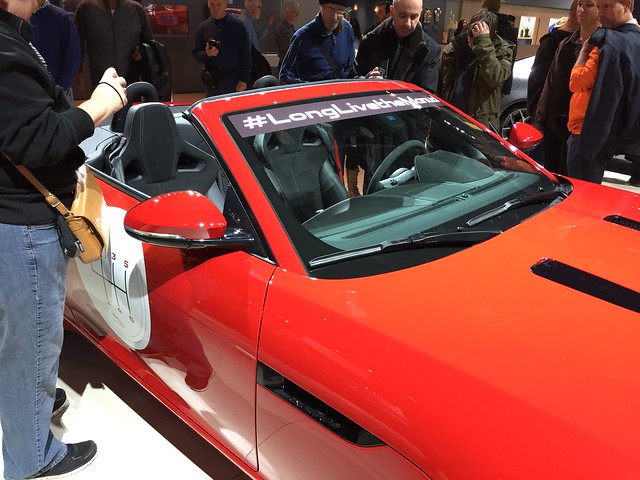

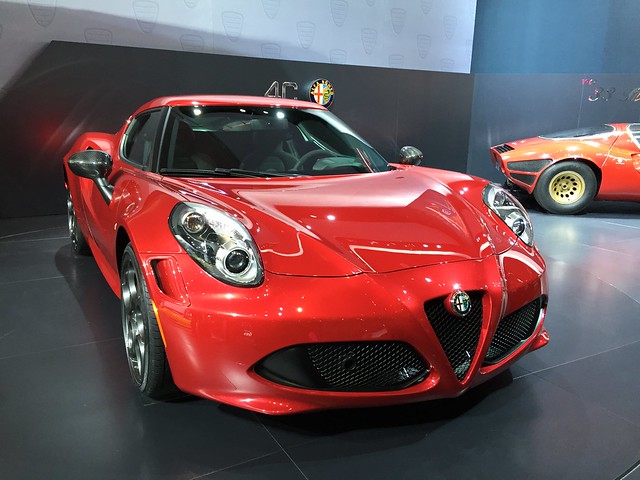
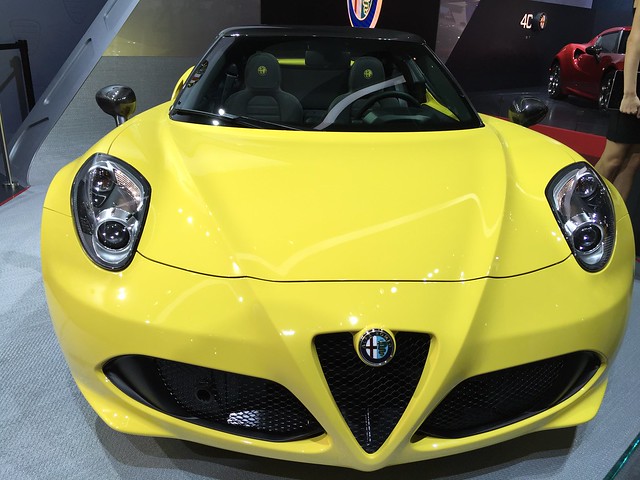
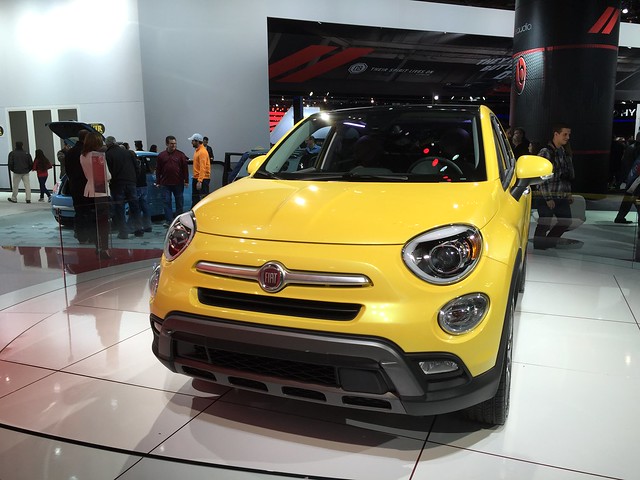
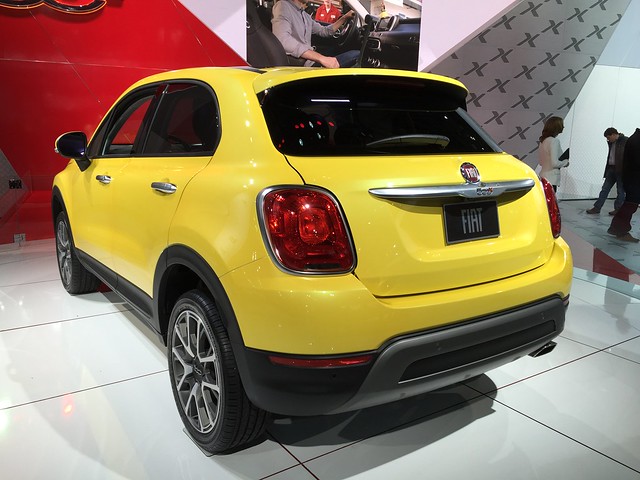
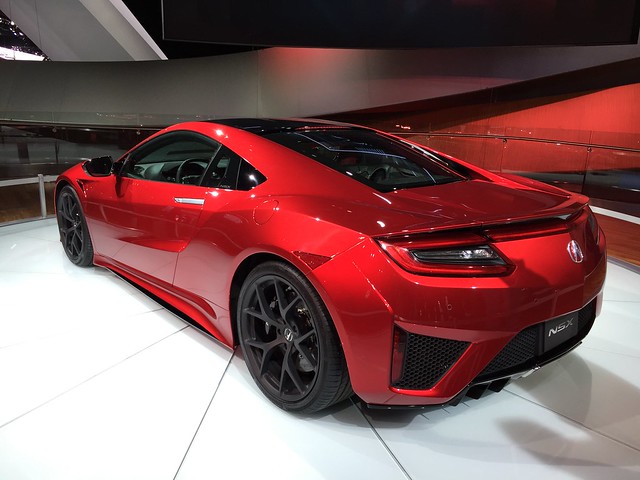

 (An Annual Post)
(An Annual Post) 
 Google Maps says it’s 408 miles from Niagara Falls to New York City. It should take about 6.5 hours to drive. Unfortunately, taking the train takes 9 hours – if you’re lucky. Amtrak shares almost all of the railway west of Albany with freight operators, and freight has the right-of-way, so it’s not uncommon for passengers to spend an interminable wait outside of Rome, for instance.
Google Maps says it’s 408 miles from Niagara Falls to New York City. It should take about 6.5 hours to drive. Unfortunately, taking the train takes 9 hours – if you’re lucky. Amtrak shares almost all of the railway west of Albany with freight operators, and freight has the right-of-way, so it’s not uncommon for passengers to spend an interminable wait outside of Rome, for instance. 
 A thought for the day before Thanksgiving.
A thought for the day before Thanksgiving. 










